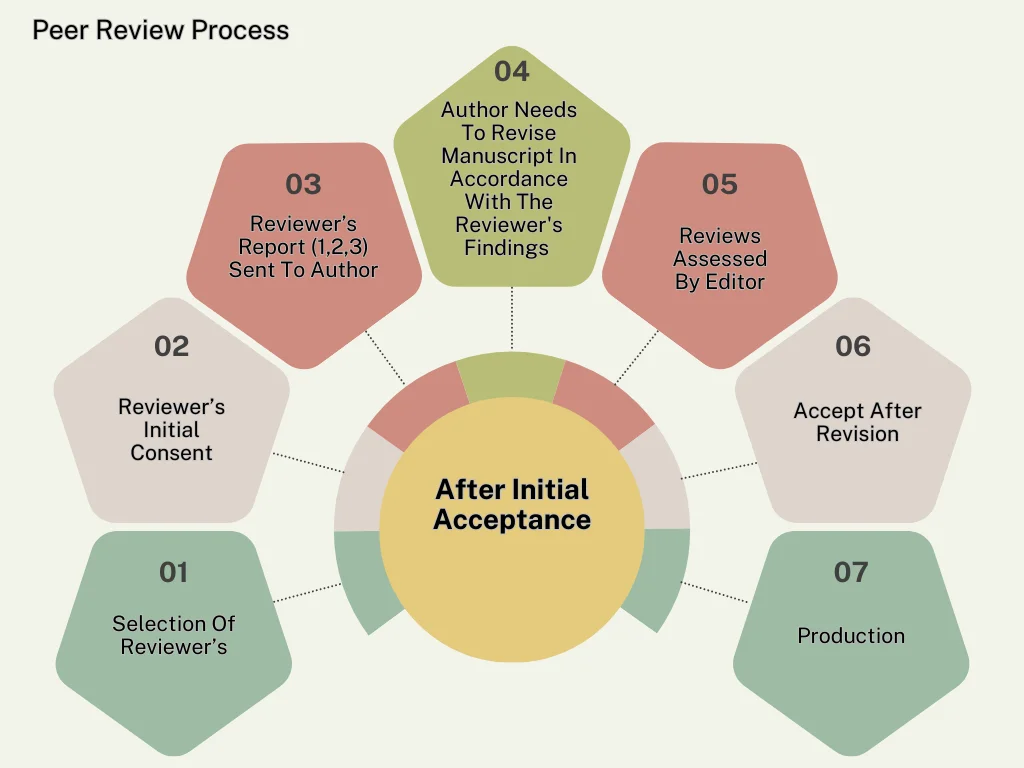This is common and well known process for reviewing the work of another that is going to be published so that some improvements can be made. Selected researchers in the respective area of specialization screen submitted papers for the following factors: novelty, credibility, and relevance. This helps the editors to at least determine whether a manuscript should be out for publication in their specific journals.
Every manuscript submitted for publication is first screened to verify whether it was submitted in accordance with the guidelines that are set down. If so, in the editorial process, the editorial team chooses the potential peer reviewers by field of research that can review the manuscript and give recommendations.
In double blind review process the identity of the reviewers is unknown to the authors and vice versa; that is, authors do not know who has reviewed their manuscript.
Peer review is done with intent of confirming the authenticity of the concerned manuscript. Peer reviewers are skilled independent persons who devote their efforts and time to improve the manuscripts they review. It is formalizes manuscripts based on its complexity to ensure that it gives a stronger impact when understood and shared with others in the same field.
The time taken in the review of any particular work depends on the reaction rate of the reviewers. Initially, the process may take six weeks to complete at most three months but this depends on the case concerned. In cases where reviewers report conflict or are unreasonably delayed, additional expert opinions may be sought. In rare instances where finding a second referee is exceptionally challenging, a decision may be made by the handling Editor based on only one referee report.
Revised manuscripts are generally returned to the initial reviewer for reevaluation, who may request further revisions.
